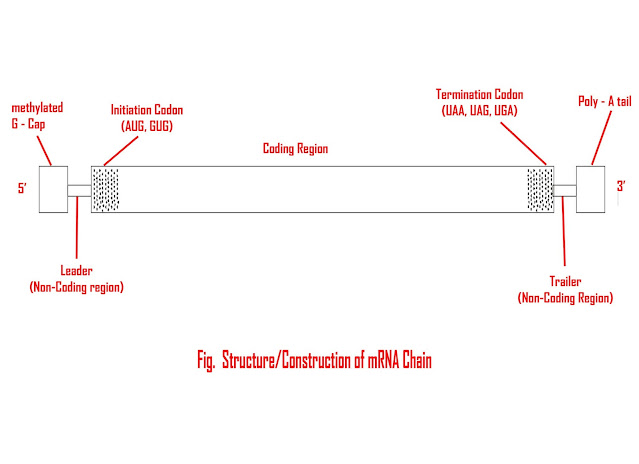Enzymology of Genetic Engineering || BIOTECHNOLOGY
- Get link
- X
- Other Apps
Enzymology of Genetic Engineering
In genetic engineering, three types of "Biological tools" are used in the synthesis of recombinant DNA. These include -
i) Enzymes
ii) Vehicle or Vector DNA.
iii) Passenger DNA
Enzymology or the study of enzymes is an important aspect of genetic engineering. Enzymology is
the study of enzymes and its different types used in genetic engineering for
the production of different types of matter needed for human well being.
Many types of
specific enzymes are employed in Genetic engineering. These include Lysing
enzymes, Cleaving enzymes, synthesizing enzymes, Joining enzymes and alkaline phosphatase:
1. Lysing Enzymes: Lysing enzymes are used to open up the cells to get DNA for
genetic experiments. Lysozyme is commonly used to dissolve the bacterial cell
wall.
2.
Cleaving Enzymes: these are used to break DNA molecules. They are
further of three types and these are –
a) Exonucleases,
which cut off nucleotides from 5' or 3' terminal ends of
DNA molecule.
b) Endonucleases:
The enzymes cleave DNA duplex at any point except the terminal ends and
c) Restriction
Endonucleases: These cleave DNA duplex at specific point in such a way that
single standard free ends project from each fragment of DNA duplex. The single
standard DNA free ends are called “Sticky ends” because they can join similar
complementary ends of DNA fragment from some other source.
3. Synthesizing Enzymes: These
enzymes play a role in the synthesis of DNA strands on suitable templates. They
are further of two types –
a) Reverse
Transcriptase, which help in the synthesis of complementary DNA strand on
RNA templates.
b) DNA
Polymerase, which help in the synthesis of complementary DNA strand on DNA
templates.
4. Joining Enzymes: These
enzymes help in sealing gaps in DNA fragments which are otherwise joined by
complementary base pairing. Tu ligases are examples. These act as molecular glue.
They join DNA fragments by forming phosphodiester bonds.
5. Alkaline phosphatases: These
cut off phosphate group from the 5' end of linearised circular DNA to check its
recircularization.
Messenger RNA or mRNA
The DNA, that controls protein synthesis, is located in the
chromosomes within the nucleus, whereas the ribosomes, on which the protein synthesis
actually occurs, are placed in the cytoplasm. Therefore, some sort of agency
must exist to carry instructions from the DNA to the ribosomes. This agency
does exist in the form of mRNA. The mRNA carries the message (information) from
DNA about the sequence of particular amino acids to be joined to form a
polypeptide, hence its name. It is also called informational RNA or template
RNA. The mRNA forms about 5% of the total RNA of a cell. Its molecule is linear
and the longest of all the three RNA types. Its length is related to the size
of the polypeptide to be synthesized with its information. There is a specific
mRNA for each polypeptide. Because of the variation of size in mRNA population
in a cell, the mRNA is often called heterogeneous nuclear RNA, or HnRNA.
A fully processed mRNA has at its 5’ and a cap of methylated guanine followed successively by an Initiation Codon (AUG, GUG), a long coding region, a termination codon (UAA, or UAG or UGA) and a Poly-A tail of many adenine containing nucleotides at 3’ and a small non-coding region, called leader segments, follows the cap and another non-coding region termed Trailer segment precedes the tail. The cap protects the mRNA from degradation by hydrolytic enzymes. It also functions as a part of an “Attach Here” sign for the small ribosomal sub-units. Tail also checks degradation of mRNA and helps the ribosome attached to it. It also helps exist of mRNA from the nucleus.
To Download the PDF Click Here
- Get link
- X
- Other Apps


Comments
Post a Comment